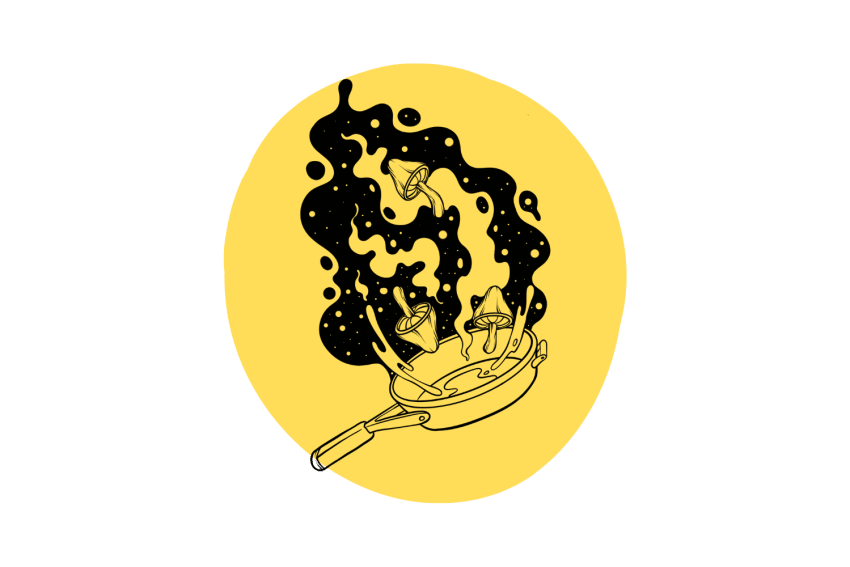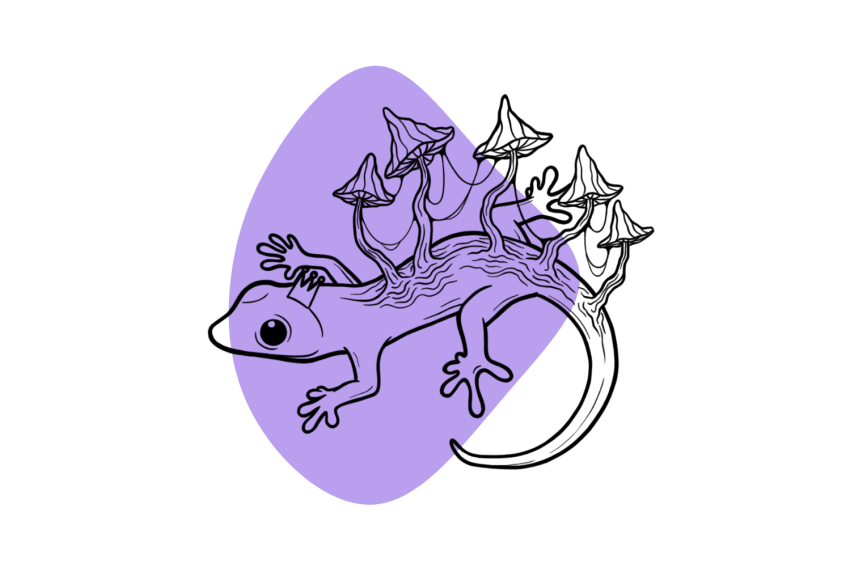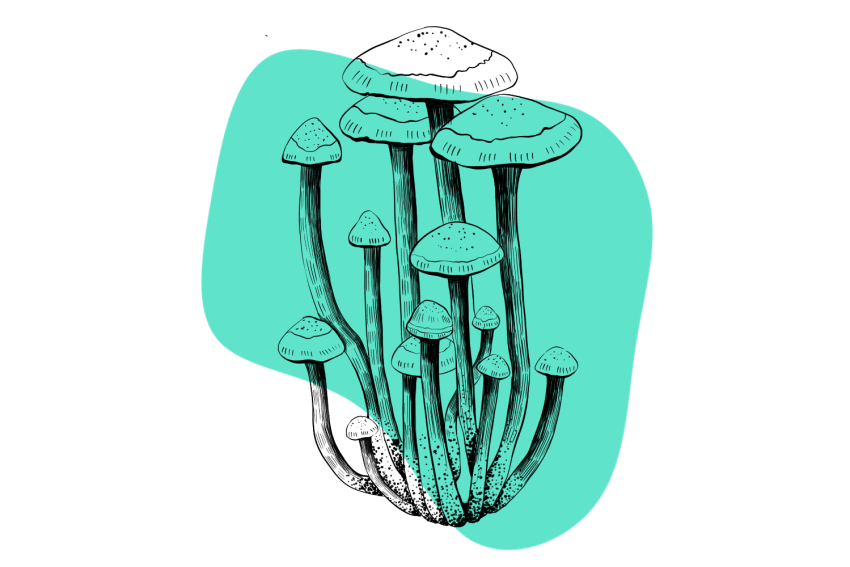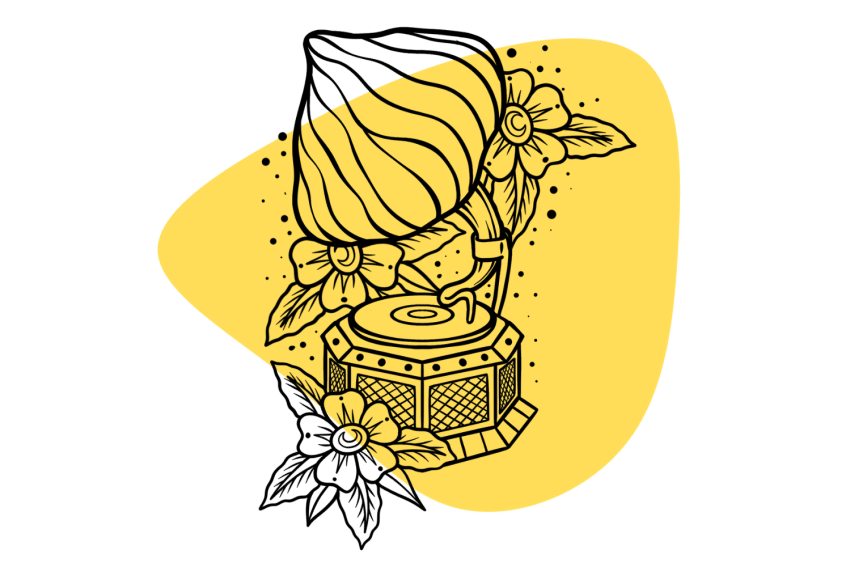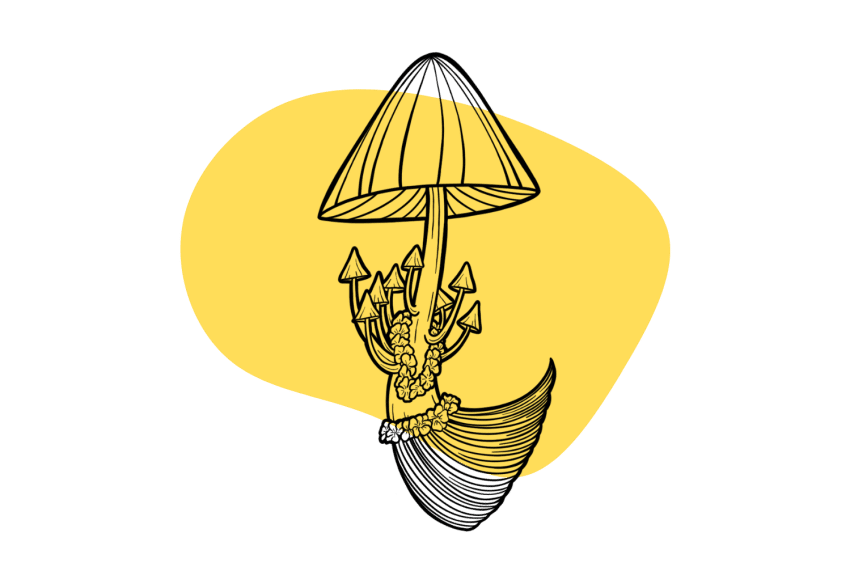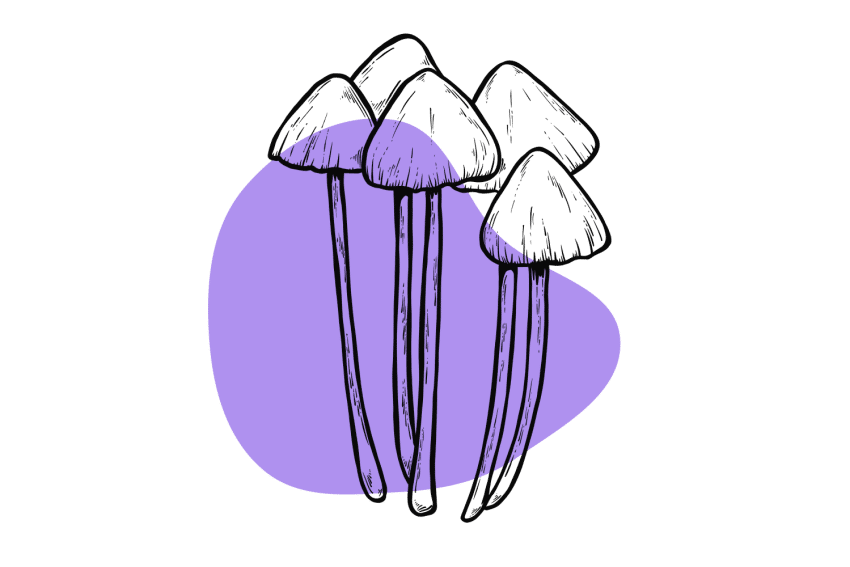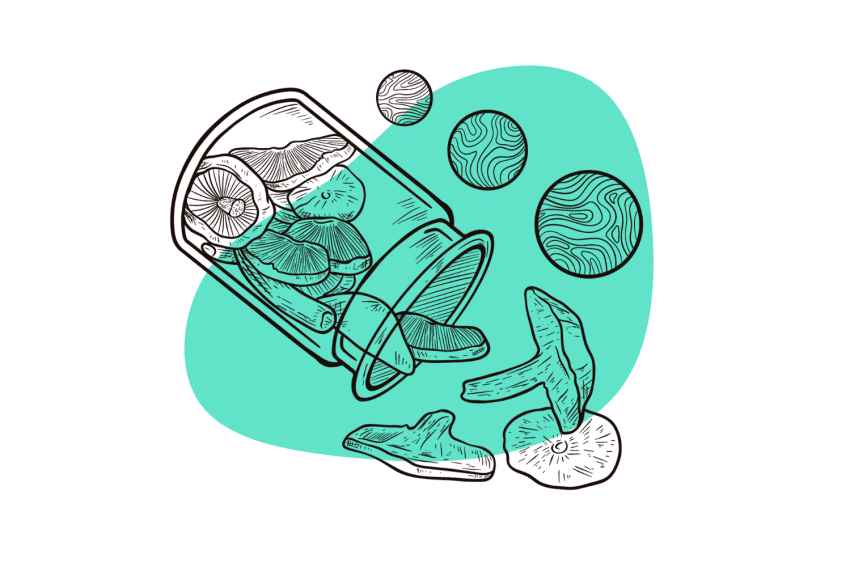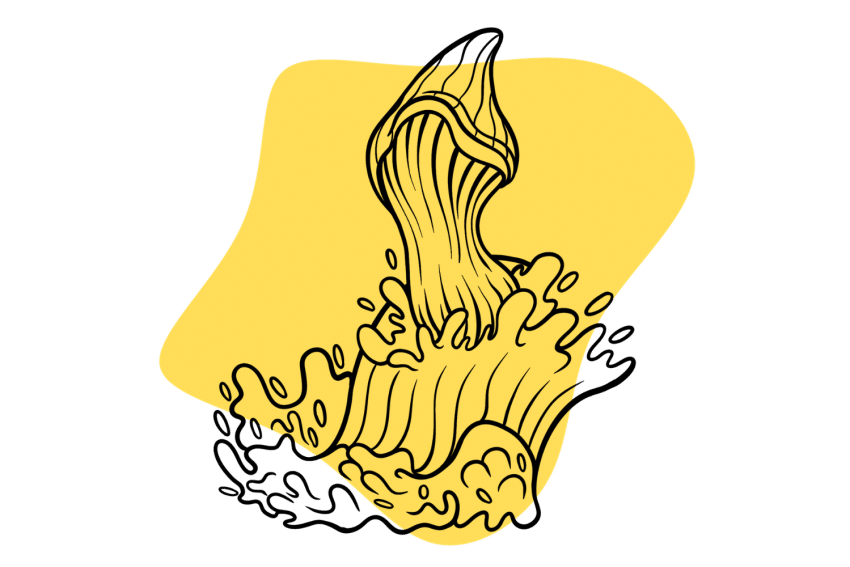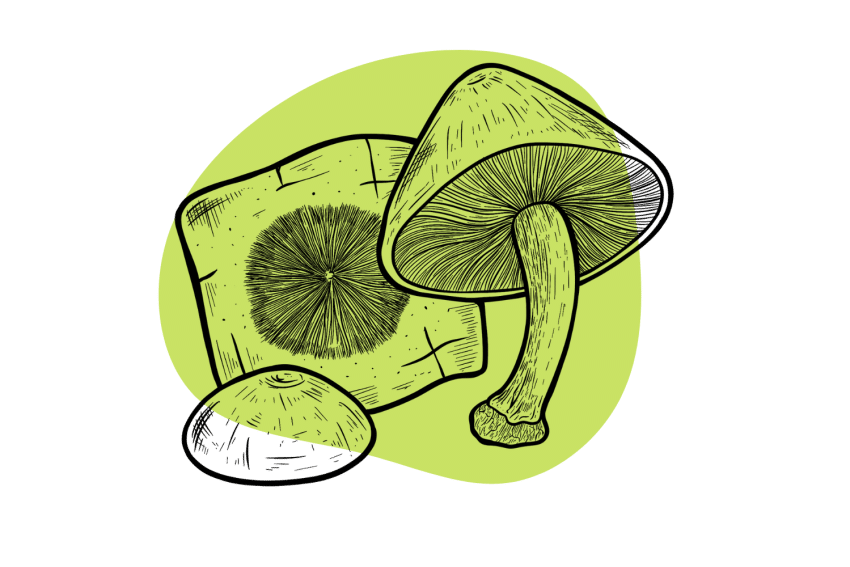The Malabar Mushroom Strain
The Malabar India strain produces impressively large fruits with above-average potency. Its ease of cultivation and great yield potential make it an attractive strain for cultivators of all skill levels…
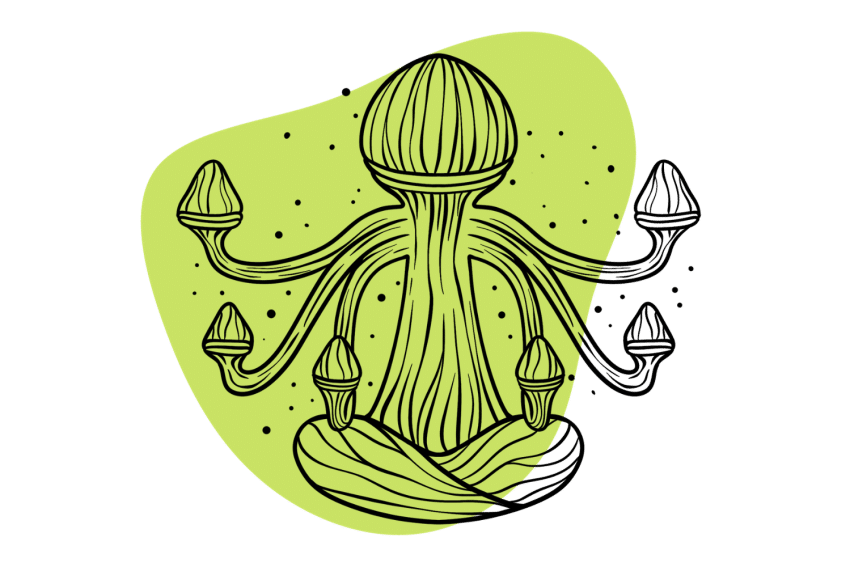
The Malabar strain is a sought-after Indian Psilocybe cubensis strain capable of producing monster shrooms. Some home cultivators have grown mushrooms that weigh as much as 250 grams fresh, and cultivators at Sporeslab have reported fruits weighing over one pound (453 grams) wet.
Appearance-wise, Malabar India mushrooms aren’t much to look at unless they reach enormous sizes. They have golden brown caps and long, white, moderately thick stems associated with “a typical cube.”
Overall, this is a well-rounded strain that new and experienced cultivators enjoy. Let’s find out more about it.
In this article, we’ll look at:
- The history of the Malabar India strain
- The potency and psilocybin content of the Malabar India strain
- Where to buy Malabar India spores
- How to grow Malabar India shrooms
- Other South Asian strains of Psilocybe cubensis
I’ll also answer a few frequently asked questions about Psilocybe cubensis strains and other magic mushroom species.
The Malabar Strain Specs:
| Potency | Above Average |
| Cultivation | Beginner |
| Species | Psilocybe cubensis |
| Substrate Recommendation | Rye Grain |
| Sold By | Spores MD (🇺🇸), Ralphsters Spores (🇺🇸), Sporeworks (🇺🇸), Sporeslab (🇨🇦), Spores 101 (🇺🇸/🇨🇦), The Magic Mushrooms Shop (🇪🇺) |
History of the Malabar India Strain
The Malabar India strain was originally collected from the southwestern Malabar Coast of India. The first sample was supposedly found growing in elephant dung.
Spore samples have been circulating the market for a number of years — appearing at some point during the early 1990s. It’s unknown who discovered the strain and introduced the spores to the Western market, but the Malabar strain has gained popularity since its introduction.
Now, the Malabar strain is loved by hundreds of amateur and commercial cultivators for its impressively large fruits and respectable psilocybin content. Spore samples can be purchased from most major vendors across the United States, Canada, and Europe.
Potency & Psilocybin Content
As with most strains, potency can vary drastically from one shroom to the next. However, we’ve rated this one “above average” — capable of producing between 0.90% and 1.80% total tryptamines.
From three samples entered into the Oakland Hyphae Psilocybin Cup, we’ve discovered that this strain produces an average psychedelic tryptamine level of 0.90%.
One sample entered into the Spring 2021 Oakland Hyphae Psilocybin Cup produced a psilocybin level of 0.90% and a psilocin level of 0.07% — 1.14% total tryptamines.
This strain is comparable to the Chitwan strain, the Amazonian strain, and Melmac in terms of potency.
You can expect vivid visual distortions, an intense body high, and deep introspection from a three-gram dose.
Where to Buy Malabar Strain Spores
Malabar India mushroom spores are relatively widespread. Spore samples can be purchased freely from online vendors in Canada, the United States, and most of Europe. Spores are available in sterile spore syringes, prints, and swabs, depending on where you look.
- Canada: Malabar India spore samples can be bought from Spores 101 or Sporeslab.
- The United States: Malabar India spore samples can be purchased from Spores MD (recommended), Ralphsters Spores or Sporeworks.
- Europe and the United Kingdom: You’ll find Malabar India spores for sale at The Magic Mushrooms Shop. However, samples are (currently) only available as prints. For sterile spore syringes, try Sporeworks for international shipping.
How to Grow Malabar India Mushrooms
This strain is easy to cultivate and great for beginners — it has contamination-resistant qualities and can grow in an unoptimized environment.
The mycelium is aggressive, and colonization times are relatively short — completely colonizing rye grain-filled jars in as little as 10 days after inoculation. Mushroom production can be prolific, with several dense flushes possible before the mycelium eventually succumbs to mold growth.
Malabar India is a heavy sporulator and produces blooms of thick, dark spores during maturity. However, its veils remain connected to the cap through maturity — locking its spores within. This feature makes Malabar shrooms easy to harvest before they drop spores and easy to obtain spore samples from.
The best substrate for this strain is rye grain, but you can also get good results with BRF cakes — a mixture of brown rice flour, water, and vermiculite.
Growing Malabar India mushrooms is easy with a cultivation method known as PF Tek, which requires very little knowledge or equipment and is easy for beginners.
To learn how to grow magic mushrooms using this technique, check out this article: How to Grow Magic Mushrooms.
Other South Asian Psilocybe cubensis Strains
The Malabar India strain was discovered growing in the coastal region of Malabar, India. South Asia is a melting pot of fungi. The conditions in the region are ideal for mushroom growth, and several Psilocybe cubensis variants grow there.
Here are some other South Asian P. cubensis strains to look at:
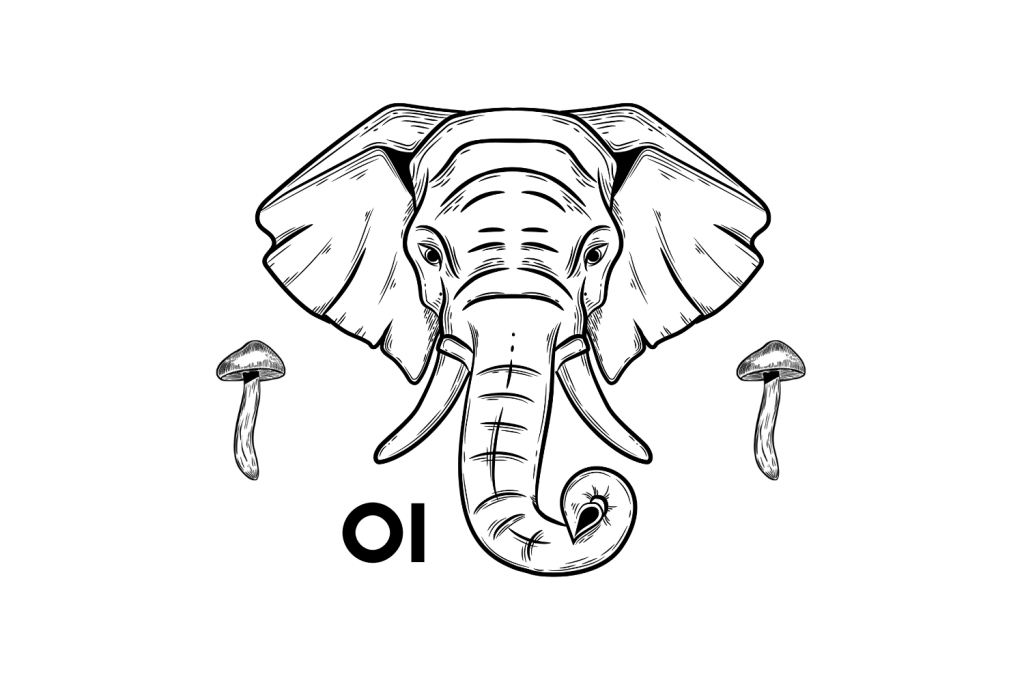
1. The Orissa India Strain
The Orissa India strain was discovered growing in the mountains of Odisha (formally known as Orissa) in India — hence the name. The first sample was found growing close to a temple in a patch of cow dung. It’s famed for its abnormally large mushrooms, and it’s easy to get huge yields.
Cultivation is relatively hassle-free thanks to the strain’s contamination resistance and unfussy temperature requirements. It’s quite potent, too — producing somewhere in the region of 1.00% psilocybin by dry weight.
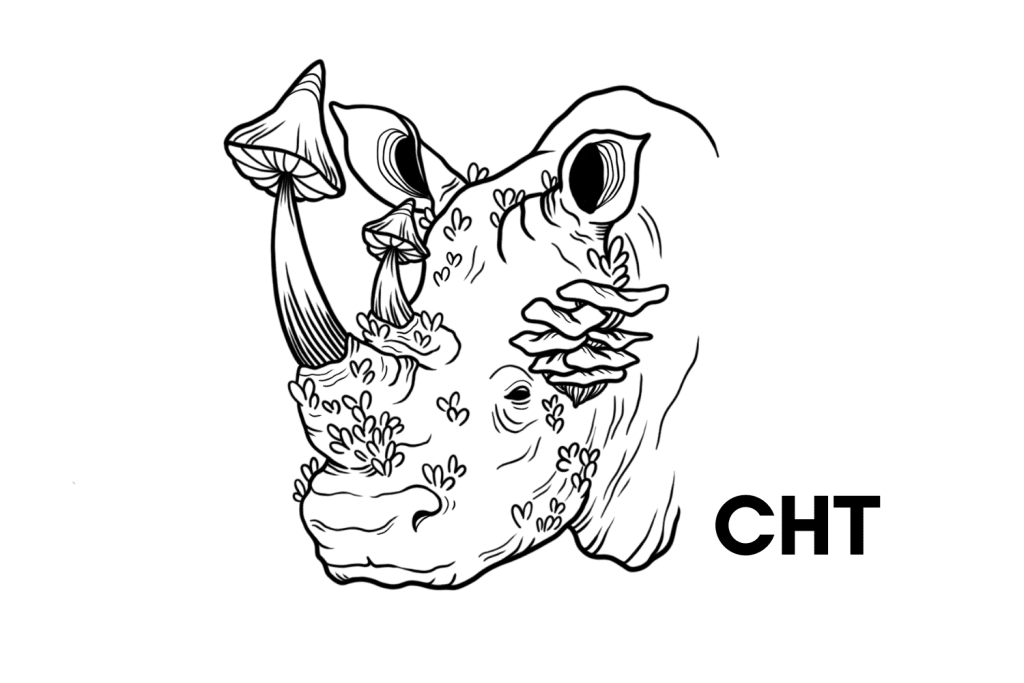
2. The Chitwan Strain
The legendary mycologist and hunter “John Allen” discovered the Chitwan strain during his travels through Asia. He collected the first sample high in the mountains of Nepal’s Chitwan region — hence the name.
This strain is well-rounded. It’s easy to grow, produces medium-sized mushrooms, can produce good yields over several healthy flushes, and is relatively potent. This is a great beginner strain, and most large spore vendors across the United States, Canada, and Europe carry the spores.
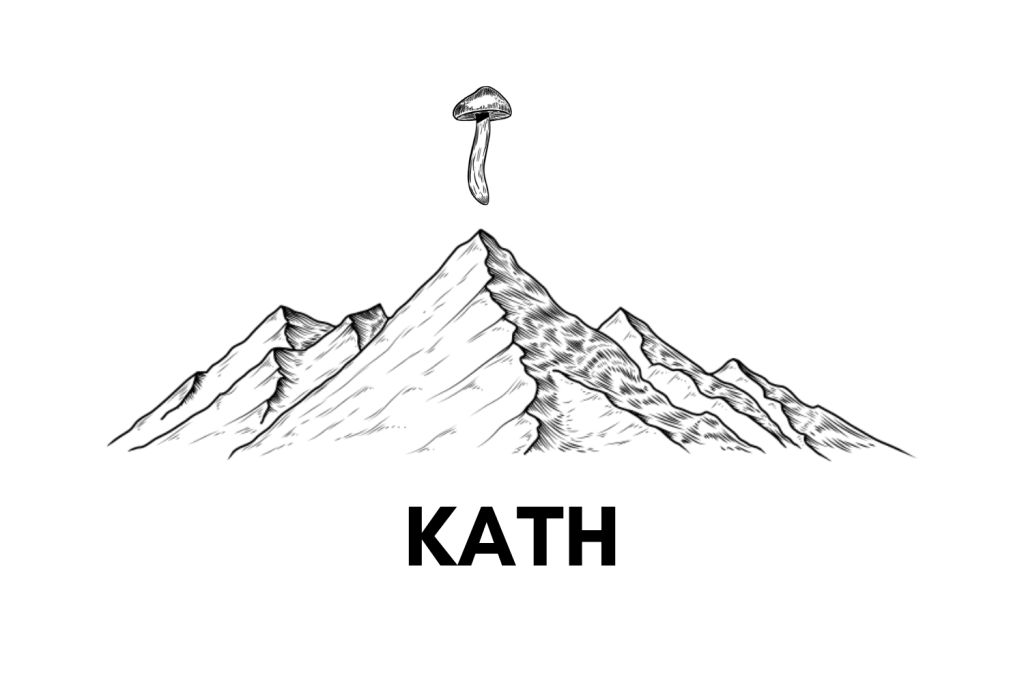
3. The Kathmandu Strain
The Kathmandu strain (you guessed it) was discovered in Kathmandu — the capital of Nepal. It’s believed the famous shroom hunter John Allen originally collected this strain.
This strain shares several similarities with the Chitwan strain, such as its resilient qualities, growth characteristics, and potency. The only notable difference between the two strains is the Kathmandu strain’s aggressive colonization speed.
Frequently Asked Questions
Next, I’ll answer a few popular questions.
1. How Many Strains of Psilocybe cubensis Exist?
There are more than 100 strains of Psilocybe cubensis, all with different growth characteristics and tryptamine levels.
It’s hard to figure out how many strains currently exist because new strains are discovered every year in the wild, and hybrids are developed regularly through the hands of amateur and professional cultivators.
2. What’s the Most Potent Strain of Psilocybe cubensis?
Penis Envy is considered to be the most potent strain of Psilocybe cubensis and is called the “mother of all cubes.” It can produce four times the amount of psilocybin and psilocin as a typical P. cubensis strain.
Here are some of the most potent P. cubensis strains of all time:
3. How Many Species of Magic Mushrooms Are There?
“Magic mushroom” is the term given to mushrooms that produce the psychoactive compound “psilocybin” (among others). There are more than 180 different species of psilocybin-producing mushrooms on the plant.
Some of the most well-known species of magic mushrooms include Psilocybe cubensis, Psilocybe semilanceata, Psilocybe azurescens, and Psilocybe cyanescens.
These species belong to the Psilocybe genus — the most common psilocybin-producing mushroom genus — but many other genera contain species of psilocybin mushrooms, such as Panaeolus cyanescens and Gymnopilus purpuratus.
4. What’s the Best Way to Take Psilocybe cubensis Shrooms?
There are several ways to take magic mushrooms. Consuming P. cubensis shrooms can be as simple as chewing a dose and swallowing with a glass of water. This simple method is effective, but it may not be the best way to take shrooms.
Several consumption methods are more efficient.
Magic mushroom tea is perhaps the most bioavailable way to consume Psilocybe cubensis shrooms. By creating a brew from the shrooms, the active components can be extracted to create a psychedelic tea without any organic matter to consume. This speeds up the onset of effects and makes the experience more intense.
Tea kicks in around 20 to 30 minutes after consumption, whereas eating raw shrooms takes 30 minutes to one hour.
If you want to know more, check out our article, How to Make Shroom Tea: Step-By-Step Guide.
You can also make magic mushroom edibles, like gummies or chocolate. Although the onset times tend to be a little slower, they cover up the taste of the psychedelic fungi and make dosing more convenient.
Related: Trippy Cuisine: Learn How to Cook With Magic Mushrooms.

